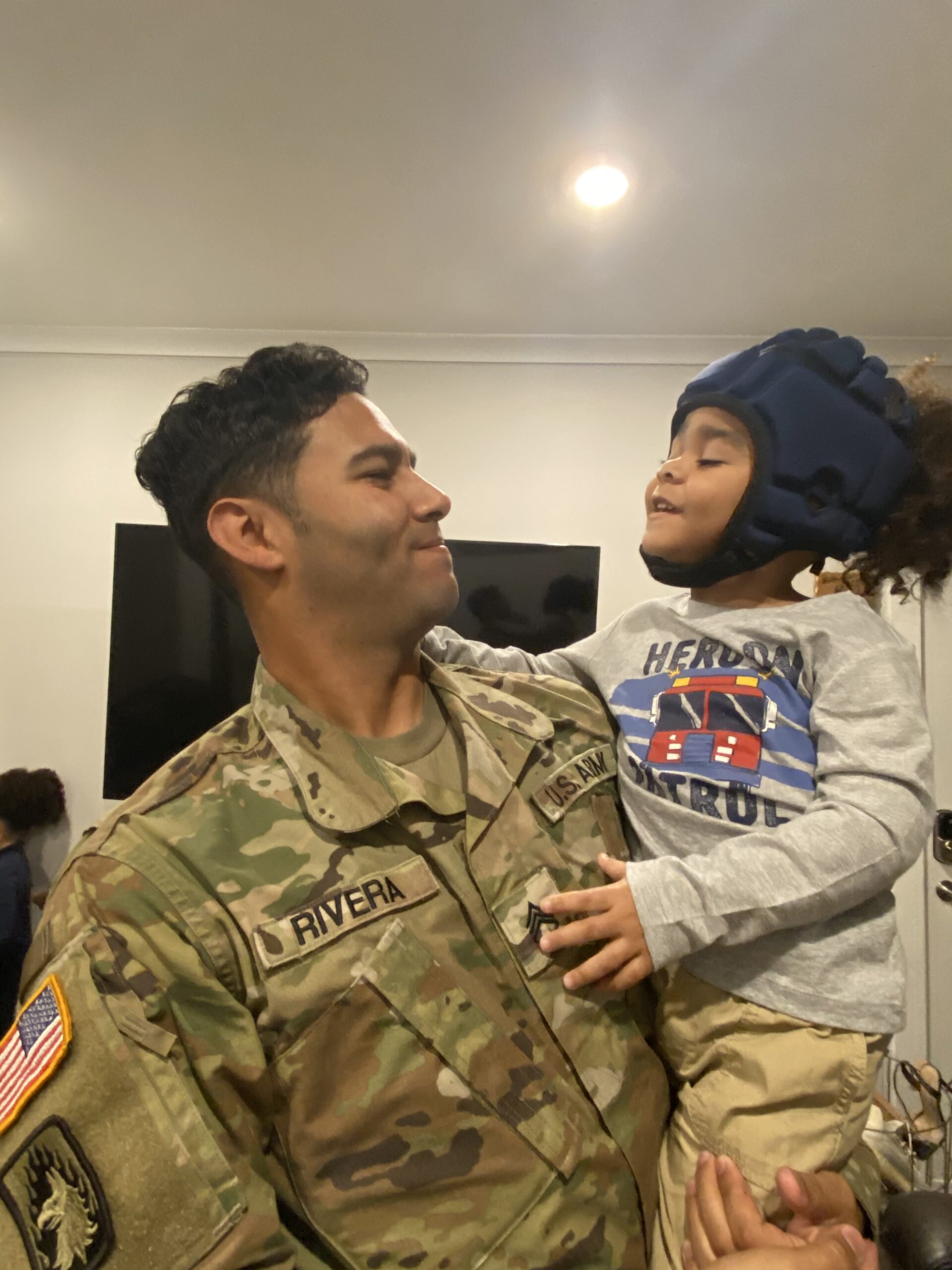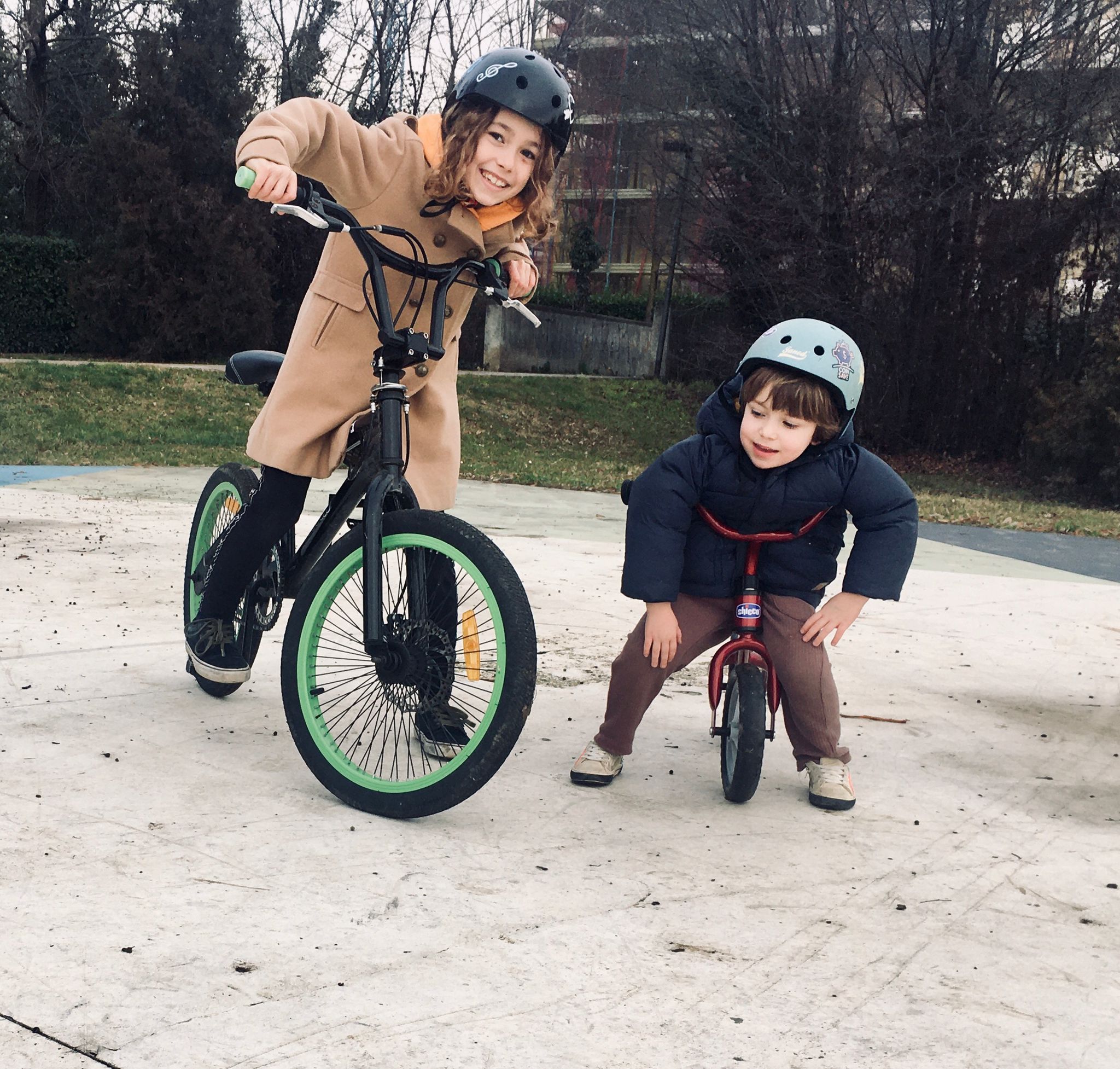Doose syndrome is a rare catastrophic form of early childhood epilepsy with no known cause or cure. We exist to improve quality of life and provide support for families.
Myoclonic Atonic Epilepsy
What is Doose syndrome
Doose syndrome is a rare form of early childhood epilepsy that usually begins between the ages of 1 and 5. The median age at onset is 3 years old. Children are usually developing normally prior to onset. Currently, the cause of this condition is still undetermined though it is believed to be genetic.
Doose Syndrome
How do I find support?
The constant care, stress, and worry associated with a child living with Doose syndrome can severely impact the person and the family’s quality of life including siblings. Parents need to develop a network of support beyond just their medical teams.
Myoclonic Atonic Epilepsy
What are the Treatment Options?
Treatment options for Doose Syndrome include a variety of medications, medically supervised diets, in some cases surgical interventions, or alternative treatments.
Learn All About Individuals Living with Doose syndrome
Gabriel
My sweet son Gabriel started off his life like any other 2-year-old boy playing with his older sister, going to daycare and having a happy ...
Read More →
Drew
The first seizure was at 3 yrs 1 month. My 5 yr old daughter asked me while I was in the kitchen working “Mommy…. Why ...
Read More →
Whitney
Whitney was developing 100 percent normal, with a fun, outgoing, spunky personality. Whitney’s first seizure was a few weeks after she turned 4, it was ...
Read More →
Noah
Intense, but short-lived STORM. Noah’s first seizure was 5/22/09, and it was a grand Mal. Prior to this, he was a normally developing, very active, ...
Read More →
Bennett
Mother has Juvenile Myoclonic Epilepsy. Bennett was exposed to Valproic Acid during pregnancy. Rough birth, ICU for 1 week. Then, generally slower to develop, first ...
Read More →
Grace
My daughter Grace has always been very healthy when suddenly she had hat first tonic-clonic seizure on the 4th of September 2016. After that, she ...
Read More →
Tobias
Tobias was a typically developing toddler until his first seizure at age 2 years, 4 months. We have no family history of epilepsy let alone ...
Read More →
Kiegan
In 2015 my life changed completely. Kiegan hit his head at the laundry mat causing a concussion and a 7-minute long seizure. The doctors thought ...
Read More →
Oliver
Ollie had his first seizure in February 2017, at 2 years old. It started with one, and then quickly escalated to 80 mixed seizure types ...
Read More →









